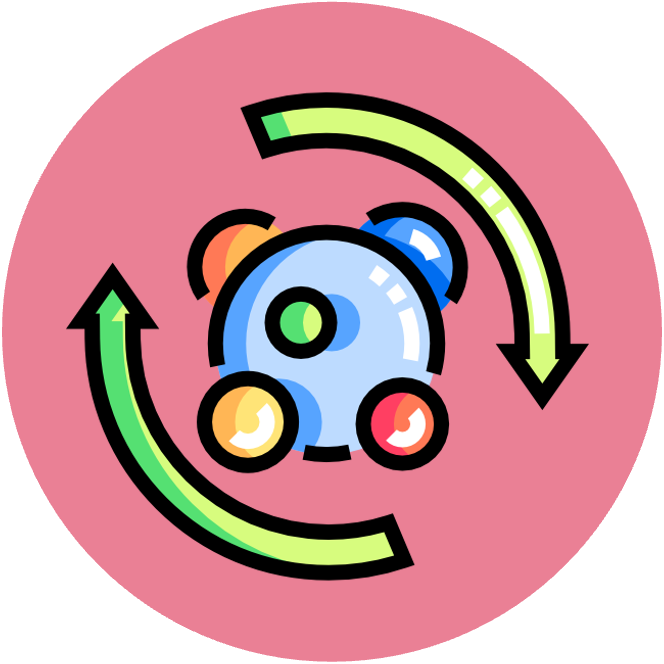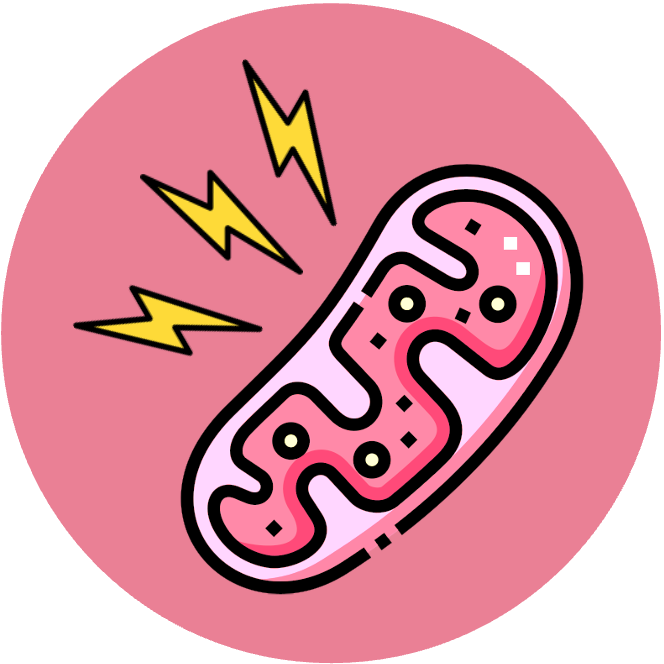

Energy
ATP (adenosine triphosphate) is a molecule that functions to distribute energy within cells (it is the 'energy currency' of the cell)
-
ATP is a ribonucleotide consisting of an adenine base and three phosphate groups attached to the central ribose sugar
ATP acts as an immediate source of chemical energy that is used to power cellular processes
-
One molecule of ATP contains three covalently linked phosphate groups – which store potential energy in their bonds
-
When ATP is hydrolysed to release the outermost phosphate, the energy stored in the phophate bond is released to be used by the cell
-
The presence of adenine and ribose provides additional sites for attachment to enzymes (allowing ATP to fuel enzymatic activities)
Structure of ATP


Energy Processes
There are a wide range of biochemical processes that require the use of ATP as an energy source:
-
Biosynthesis – The assembly of organic polymers (macromolecules) requires ATP hydrolysis
-
Anabolic reactions use ATP to construct complex molecules from simpler subunits
-
-
Active transport – ATP is required to move material against a concentration gradient
-
Nerves utilise ATP to establish a resting potential prior to generating an nervous impulse
-
Vesicular transport (endocytosis / exocytosis) requires ATP to break and reform membranes
-
-
Movement – The movement of cell components or the whole cell is dependent on ATP
-
Chromosomes are segregated during mitosis and meiosis in an energy-dependent process
-
The contraction of muscle cells (via the shortening of sarcomeres) involves the use of energy
-







